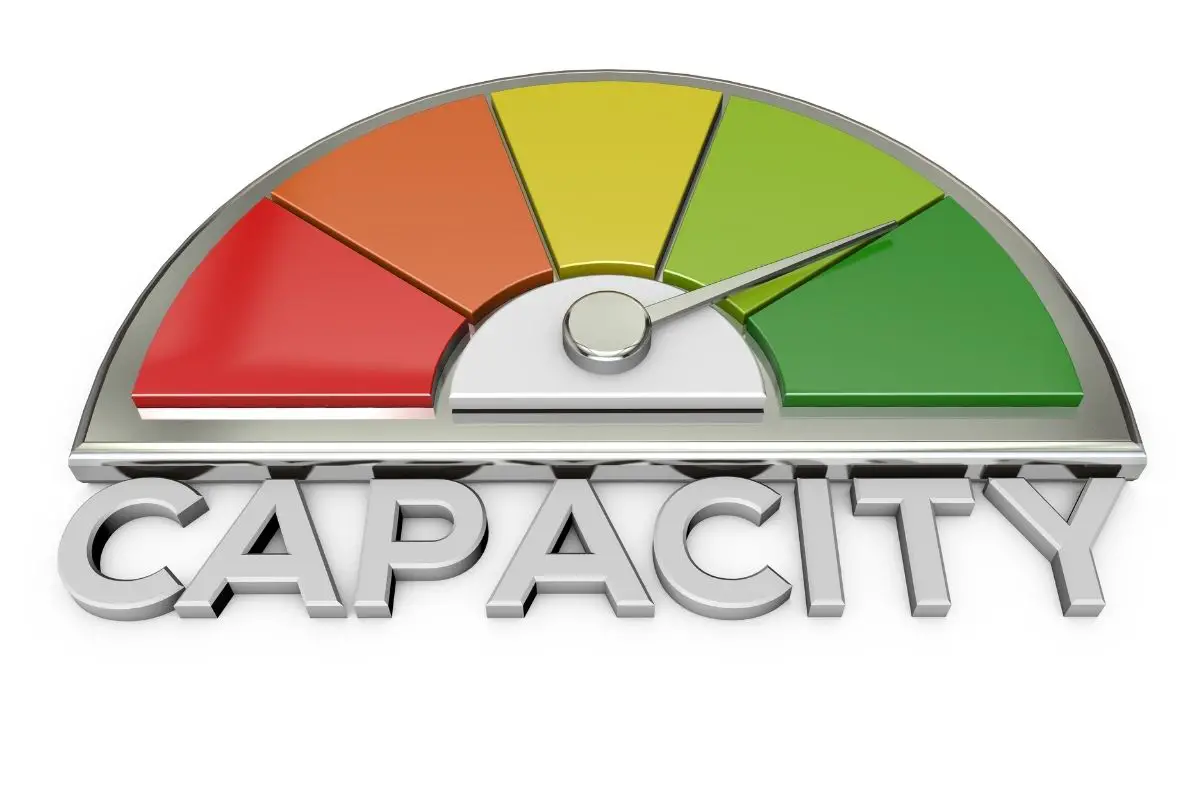
Siemens Gamesa and SSE step up their green hydrogen strategy
April 6, 2022The companies have unveiled a plan for the production and delivery of sustainable H2 via electrolysis.
Siemens Gamesa and SSE have recently unveiled a new strategy for the production and delivery of green hydrogen fuel produced through water electrolysis, using the renewable energy generated by the SSE Gordonbush wind farm in Scotland.
The new plan would power the H2 production using the more than 100 MW wind farm in the highlands.
The green hydrogen will be produced at the Gordonbush SSE Renewables wind farm and will use the Siemens Gamesa Renewable Hydrogen Upgrade solution. The renewable H2 will then be used as a fuel alternative to gasoline, diesel or natural gas. In this way, it can be integrated into decarbonization strategies. It is particularly helpful in sectors that are difficult to abate, such as transportation, industry and manufacturing.
This latest step occurs after last year’s agreement between the two companies for the exploration of different opportunities in green hydrogen production at co-located onshore windfarms. The recently unveiled strategy will involve the integration of the Renewable Hydrogen Upgrade from Siemens Gamesa at the company’s Gordonbush location close to Brora. This will involve both an electrolyzer as well as ancillary technology.

The new facility will have a production capacity as high as 2,000 tons of green hydrogen per year.
It will be entirely powered by the renewable energy generated at the Gordonbush location.
Beyond the H2 production, the development will also involve a battery energy storage system. Its purpose will be for the storage of any constrained or surplus renewable energy generated by the wind farm when there is excess wind on the electrical grid.
In this way, the electricity can be stored in the lithium-ion batteries so that it can be used at a later time. This includes times when the electricity is needed for powering the electrolyzer’s green hydrogen production, but the wind isn’t blowing as much or when there is greater demand from the overall electrical grid.
The project will also involve activity by SSE Renewables in exploring the potential for H2 throughout the Scottish Highlands as an emerging renewable H2 economy.



 With over 15 years of reporting hydrogen news, we are your premier source for the latest updates and insights in hydrogen and renewable energy.
With over 15 years of reporting hydrogen news, we are your premier source for the latest updates and insights in hydrogen and renewable energy.
Excellent use of this technology to help quickly move away from oil and natural gas dependence. Sooner than later the world must address depleting oil and gas reserves worldwide. The current war in Europe should be a wakeup call that energy independence will be required soon for all nations worldwide. Advances in the production and use of hydrogen now offer the means to achieve energy independence worldwide. Please consider the importance of making this energy change and be free from having any dependence of oil and natural gas from hostile neighbors.
Energy for the world